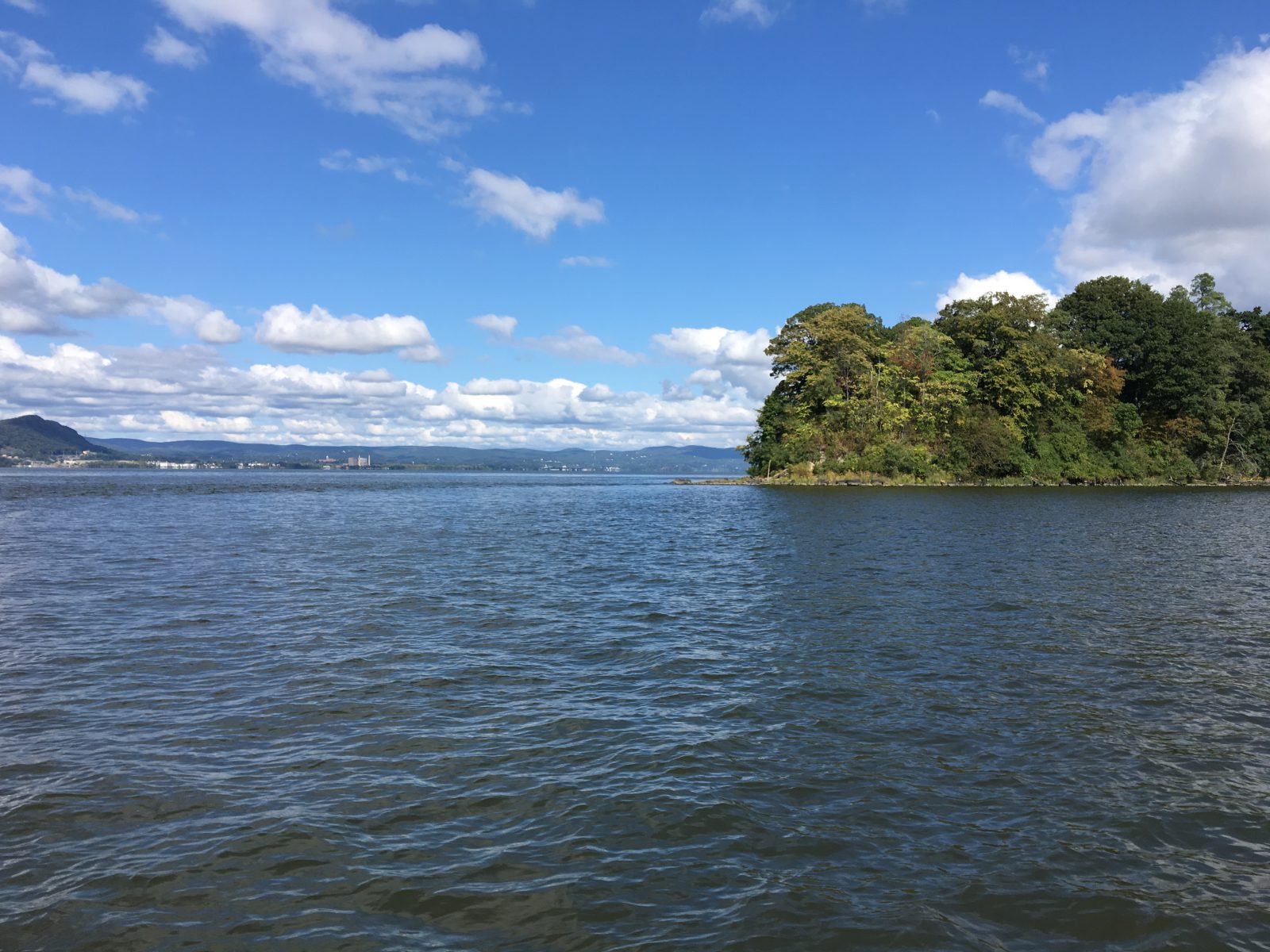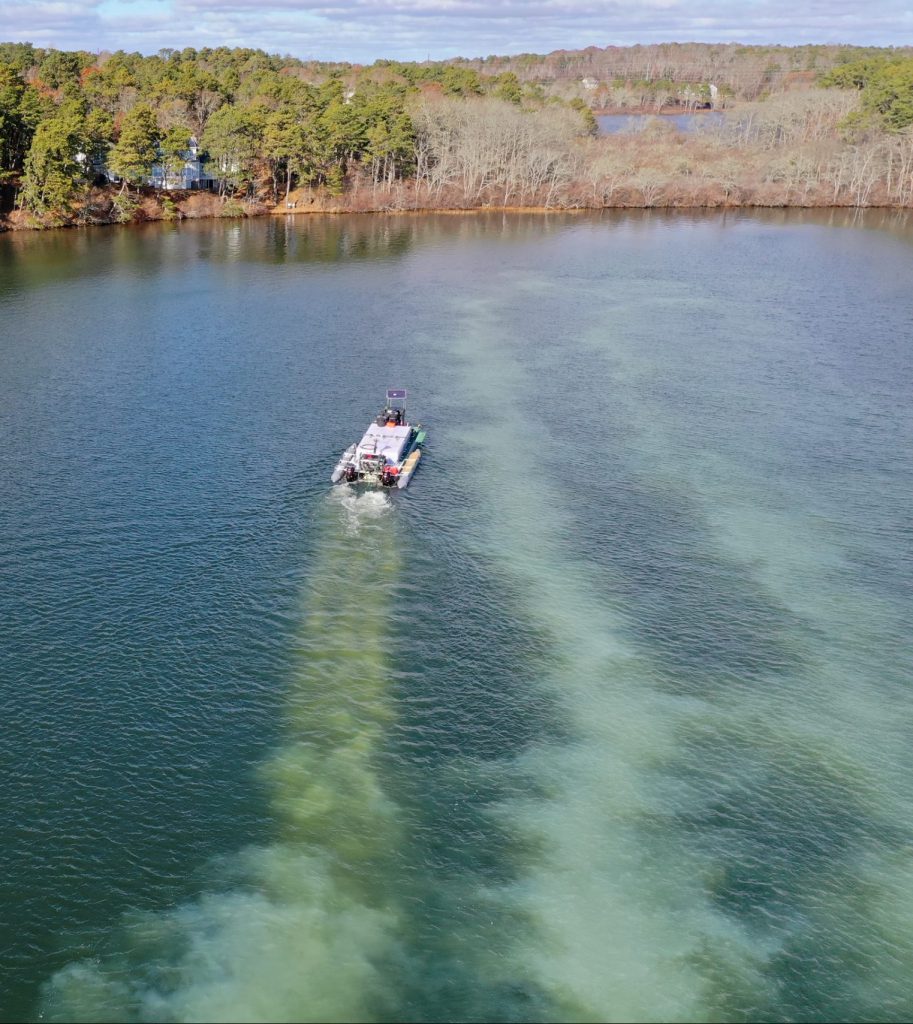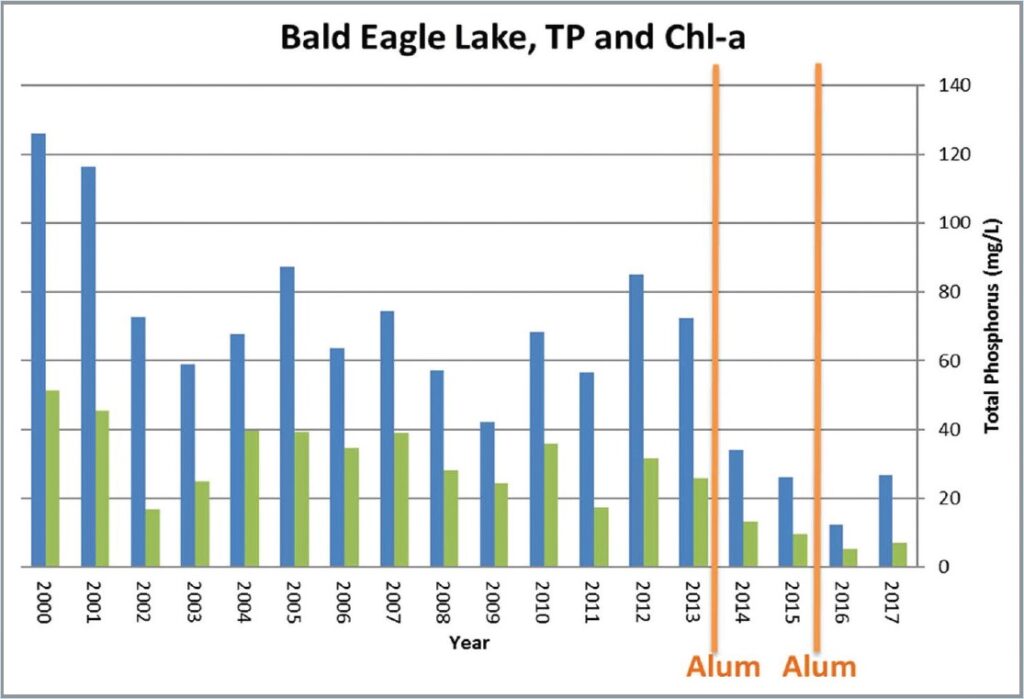
Restoring Water Quality with Alum Applications In Minnesota Lake
Bald Eagle Lake is 1,071 acres in size and is located just north of the Twin Cities near the town of White Bear Lake, MN. The Rice Creek Watershed District partnered with Wenck Associates to complete a Total Maximum Daily Load (TMDL) study and determined Bald Eagle Lake’s water quality was impaired and threatened by an excess of phosphorus.
Implementing Alum As A Water Quality Restoration Tool
The watershed district contracted with SOLitude Lake Management to conduct two liquid alum applications. In April 2014, half of the required dose was applied (248,000 gallons) in 8 days. The remaining dose (an additional 248,000 gallons) was applied in April 2016.
The Results: Improved Water Quality with Alum
The graph above shows the changes in total phosphorus and chlorophyll and how the most recent conditions relate to the project goals.
Prior to SOLitude’s aluminum sulfate application, the 30-year water clarity summer average was 3.9 feet at Bald Eagle Lake. Post alum lake treatment, water quality has been averaging 8.0 feet. The current quality of Bald Eagle Lake is the best it has been in the 30-year sampling record and is now greatly exceeding the project goals for total phosphorus, chlorophyll (a measure of the amount of algae in the lake) and water clarity (Secchi disk depth).
Want to learn more about this water quality restoration project?
Click here to read an in-depth report of the restoration of Bald Eagle Lake.











